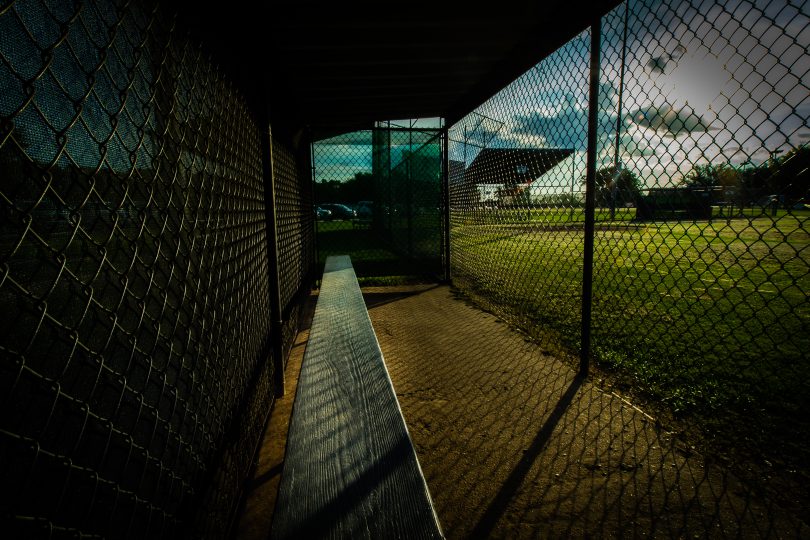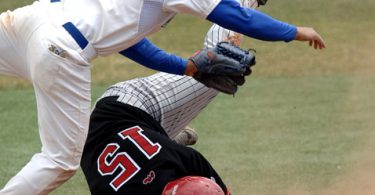Major League Baseball has had its fair share of skirmishes between teammates. Each time it happens, it receives a lot of publicity and there are often serious repercussions. You may remember this Papelbon-Harper scuffle from a few years ago. Since tempers flare and emotions run high in sports, we decided to write a 2-part post to support high school coaches who want to prevent similar incidents in their own dugouts or on the field. In part 1, we’ll talk about some of the myths related to aggression and violence in sports and in part 2, we’ll share specific tips to reduce the risk for violence involving players on your team.
Myths about Violence in Sports
Movies, video games, social media, and news stories can oversimplify violence in sports and feed into myths about the causes of aggression on and off the field. Here are a few of those myths.
Myth #1. “Boys will be boys.”
This myth includes two false assumptions. The first is that aggression and violence are innate in boys and the second is that girls are not aggressive or ever likely to be violent. First, it is important to understand what is meant by aggression. Aggression is defined as 1) behavior with a goal of inflicting harm on another person by 2) someone who believes they have a good chance of being successful. The goal and intent are important. While boys are more likely than girls to play in ways that seem aggressive, obviously, boys don’t all grow up trying to hurt people. As for the second assumption, if you believe that girls are not capable of aggression, ask Nancy Kerrigan or Kassidy Shumway. While both boys and girls can be aggressive, it is not automatic for anyone.
Myth #2. Violence happens when random events spiral out of control.
Violence and aggression happen when specific circumstances combine with specific players’ “readiness” for aggression. Violence is only rarely associated with random events on a baseball field. In sports, players’ surroundings are controlled a lot more than they are in other parts of life. The location for games and the rules stay the same; the players and coaches see each other day after day. When so much is familiar, it is harder to have things happen without any warning.
Myth #3. Actions on the field “release tension” and make players less likely to be violent.
Many people assume that “assertive behavior” that happens during a game prevents aggression by helping players release pent up tension. But assertive behaviors (physical or verbal force used legitimately within the rules of a sport) are literally part of the game and occur because of players’ preparation and playing style. Aggressive behaviors are outside of the rules of the game and often come from players’ anger and frustration. While aggression against objects, like punching bags (preferably not walls or lockers) can help release frustration, hurting people may lead to more tension and more aggression. If players are rewarded for aggression by successful results, winning, or fan reaction, they are more likely to continue and may even escalate aggressive behavior.
Myth #4. Coaches can’t stop violence among players if parents don’t help.
Ideally, all members of a sports community, including coaches, fans, and parents will work together to prevent violence. But coaches have a powerful role to play even when fans and parents are not on board. That’s not to say that coaches can be entirely responsible for preventing violence among high school players but knowledgeable and proactive coaches can play a huge role.







